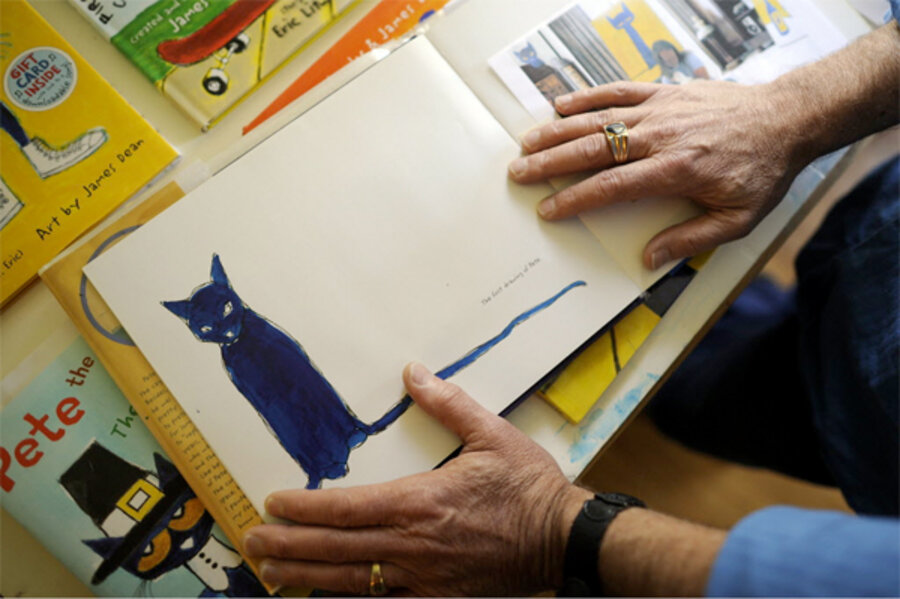Independent bookstores and self-published authors are increasingly teaming up
Loading...
Is the relationship between independent bookstores and self-published authors warming up?
According to Publishers Weekly, indie stores didn’t always reach out to writers who had released their books on their own. “Until recently, most indies didn’t carry [self-published books], viewing these titles as less well designed and well edited than their traditionally published counterparts,” PW writer Judith Rosen wrote.
But now self-published books have gotten better in quality, says Rosen, and California’s Lyon Books owner Heather Lyon told Publishers Weekly that working with authors in the area, no matter how they released their work, “is what has made it possible for us to compete with Barnes & Noble and Amazon.” Lyon pointed to two self-published titles, “The Flumes and Trails of Paradise” by Roger and Helen Ekins and “A Line in the Sand” by Jim Coons, which she says have more than double the sales of Cheryl Strayed’s bestseller “Wild.”
The relationship between self-published writers and indie stores is changing at a time when self-publishing is becoming increasingly visible (and successful) as a part of the market. Monitor reporter Husna Haq crowned 2012 “the year of self-publishing,” pointing to the fact that New York Times critic Michiko Kakutani selected a self-published work as one of her favorites of 2012 and that publisher Simon & Schuster now has a self-publishing imprint. In addition, a study by Bowker released that year found that self-publishing has tripled in production since 2006 and Amazon and Barnes & Noble both have self-publishing tools. (The genre hasn’t had all smooth sailing, however; after various abuse-themed self-published works were found at Amazon, Barnes & Noble, and Kobo, among others, the retailers took the works off their sites and Kobo removed all self-published titles while the company reviewed them.)
As for indie stores and self-published authors working together, stores are trying out various strategies beyond just stocking self-released works. Lyon founded the Chico Authors and Publishers Society, which meets at Lyon Books and which offers prospective writers tips on working with agents but also on how to self-publish a book using the Amazon tool CreateSpace.
Meanwhile, some indies even have their own publishing imprint, such as RiverRun Bookstore (located in New Hampshire and Maine). RiverRun Bookstore's imprint Piscataqua Press releases writers' work and the Book House owner Susan Novotny of Albany created her own publishing company titled Troy Bookmakers. When an author releases their book through Troy Bookmakers, they can then have a book-signing event at the Book House.
Novotny told Publishers Weekly this is only the beginning.
“Self-publishing is here to stay,” she said.







